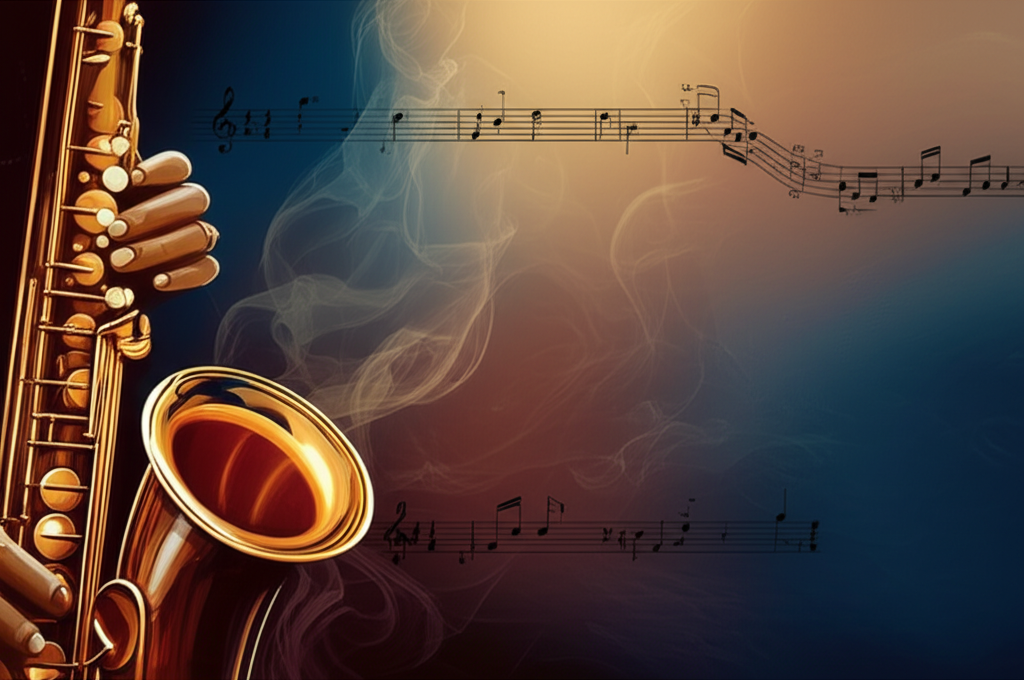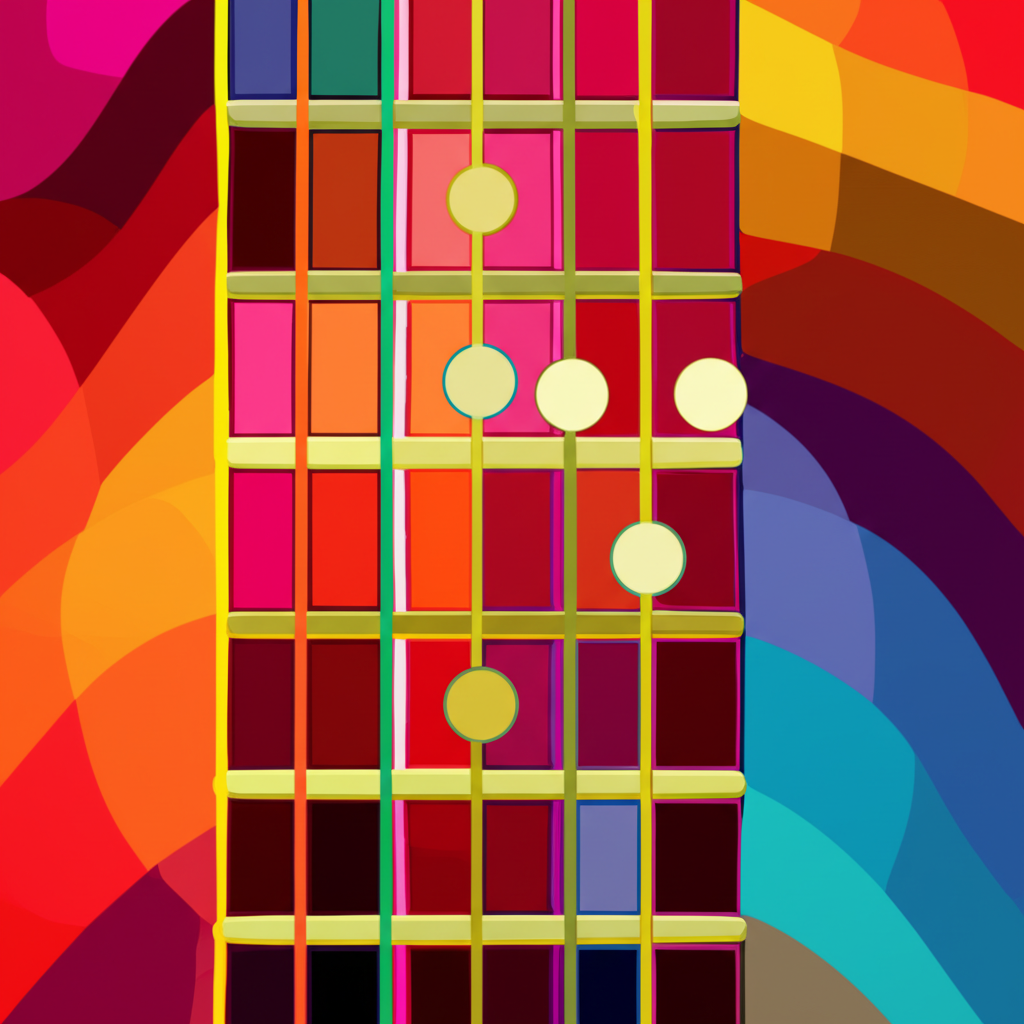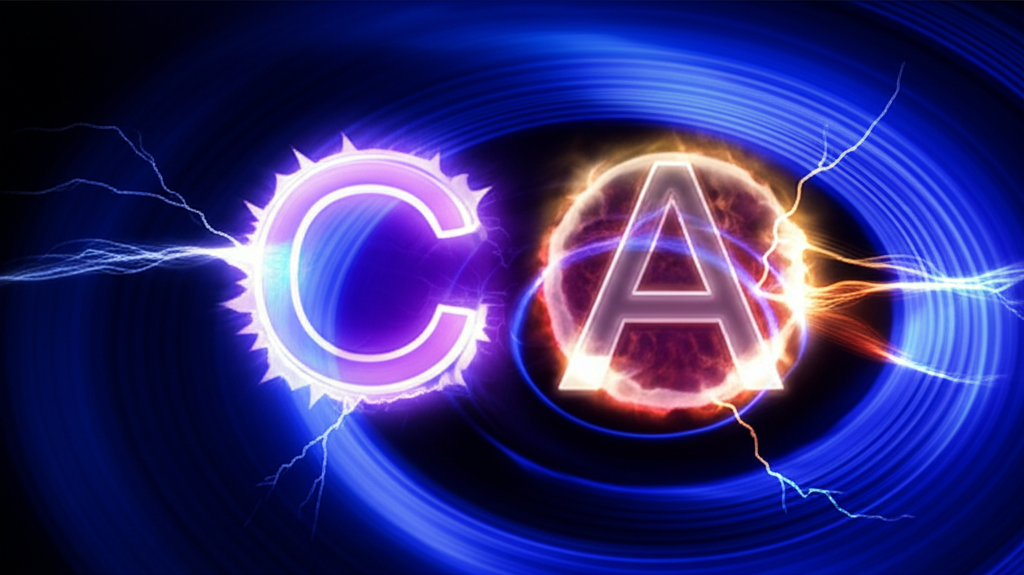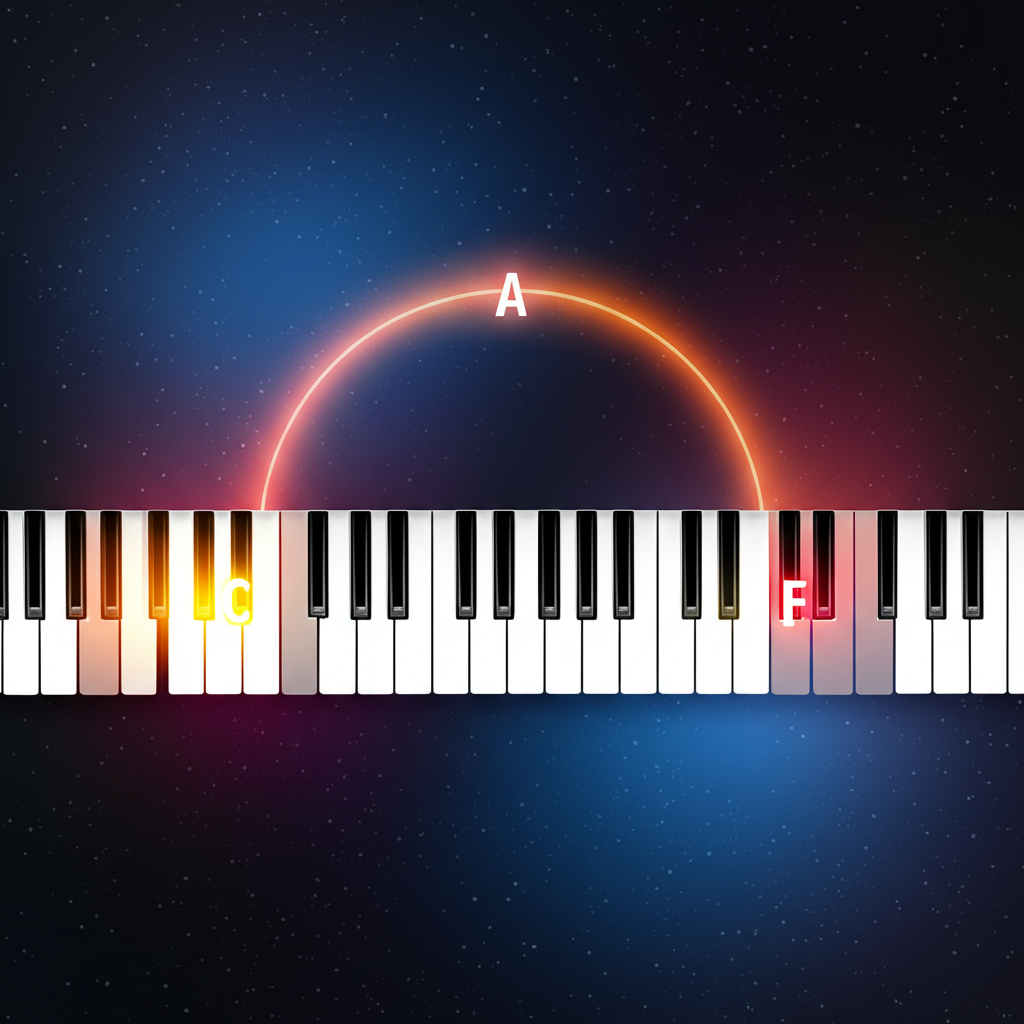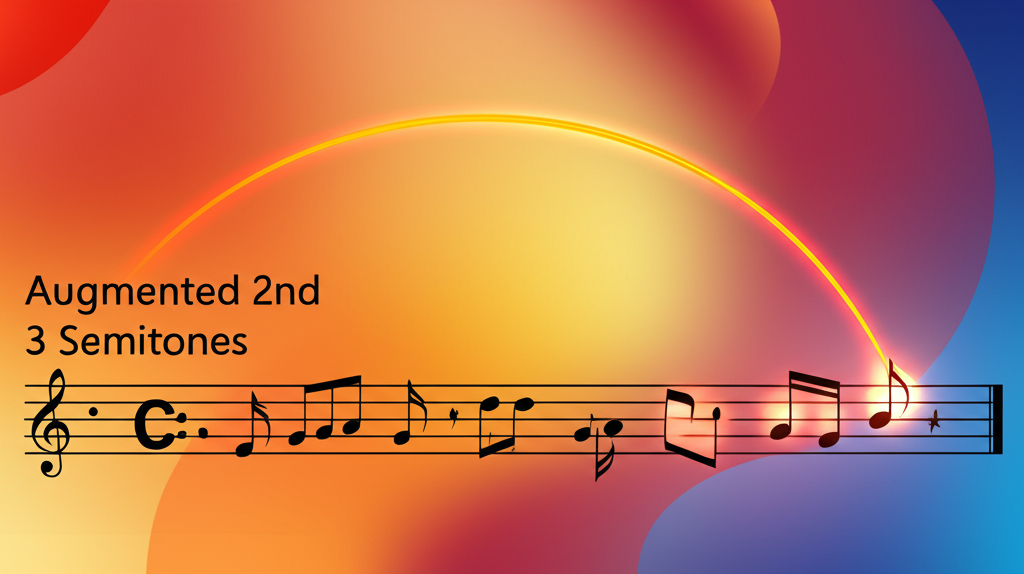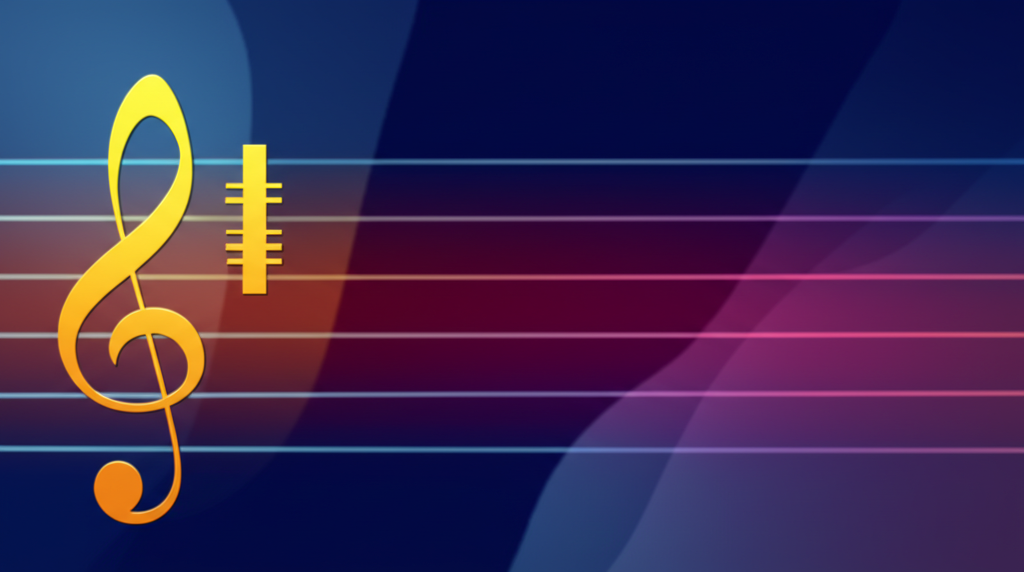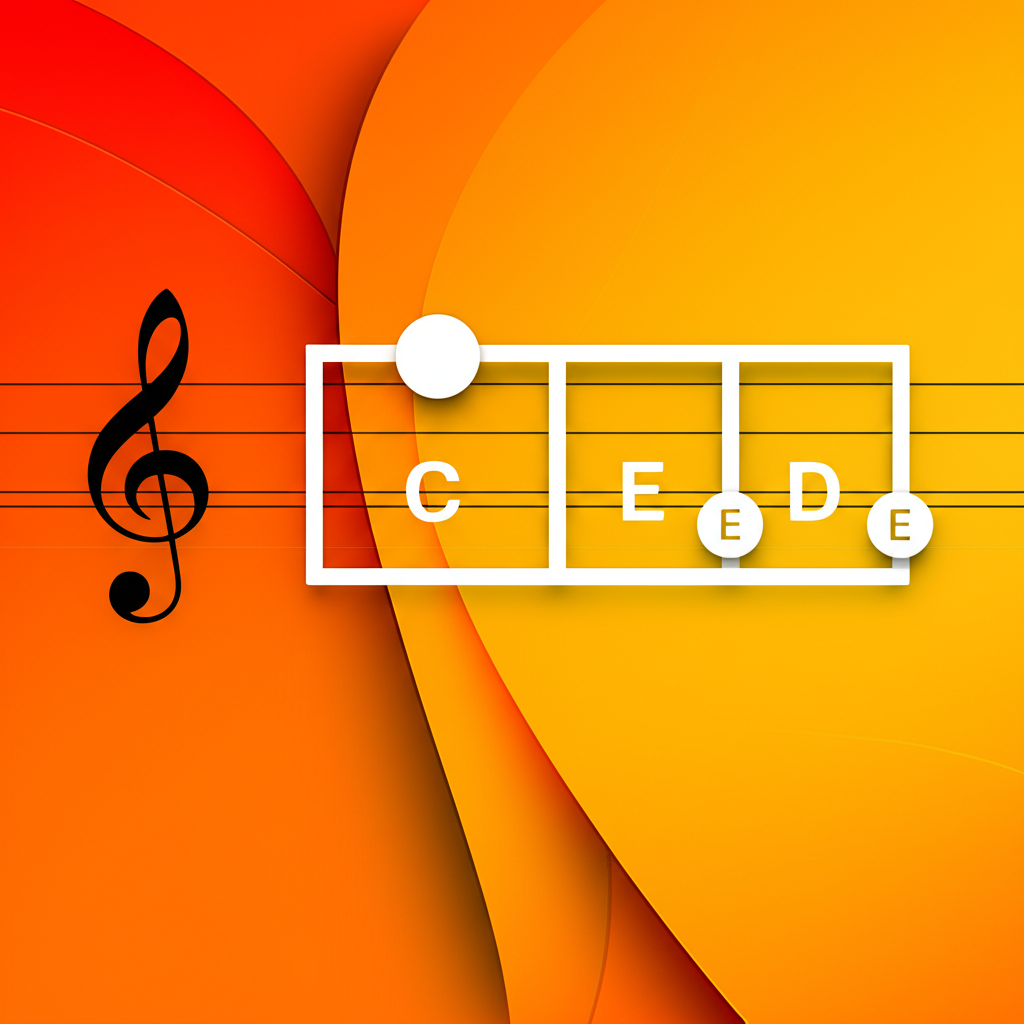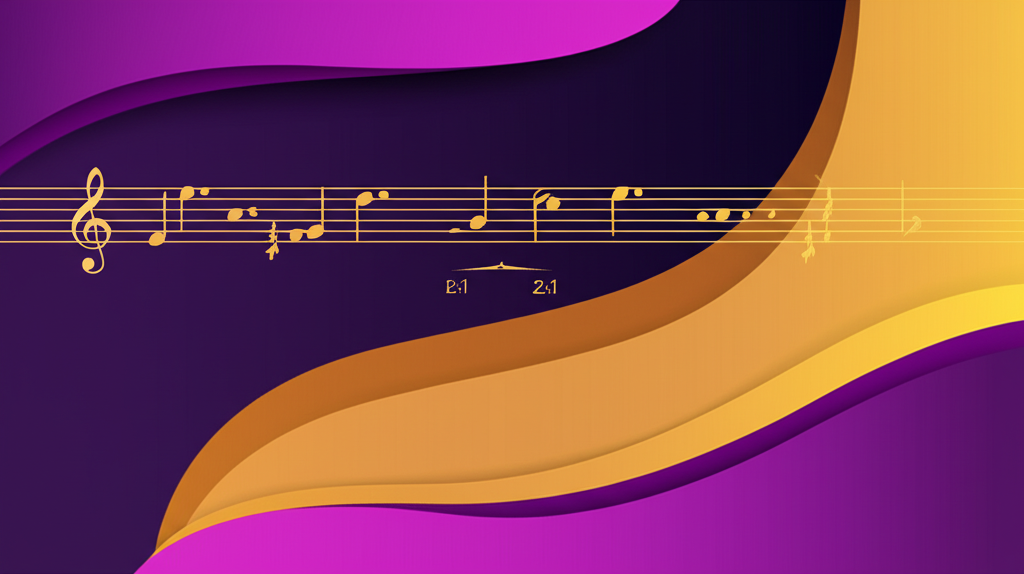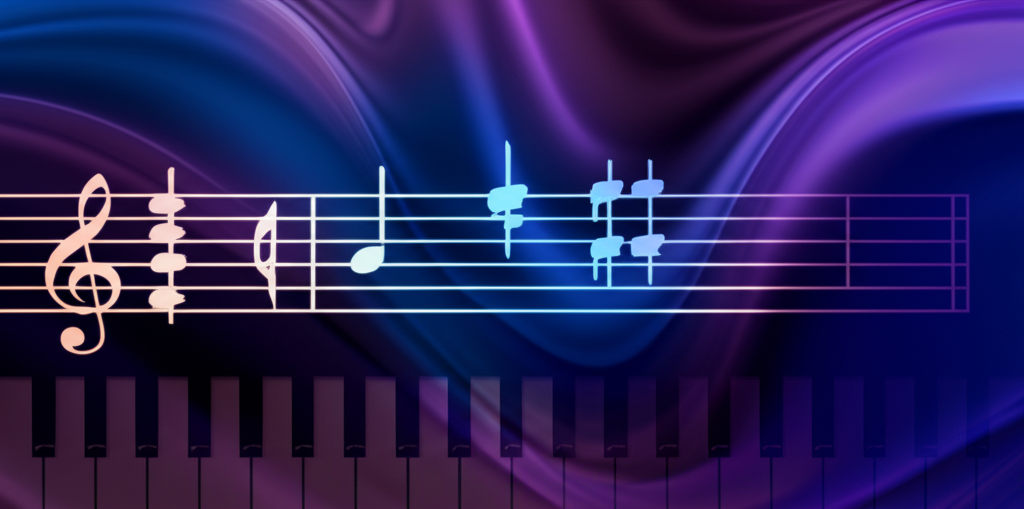
Unlocking the Bebop Dorian Scale: A Guide for Jazz Improvisers

b4n1
June 14, 2025, 7:04 p.m.
Unlocking the Bebop Dorian Scale: A Guide for Jazz Improvisers
Summary:
Dive into the world of jazz improvisation with the Bebop Dorian scale. This essential eight-note scale is a powerful tool for navigating minor chords with the authentic sound of bebop. This article breaks down its unique structure, demonstrates its practical application over common chord progressions, and provides you with the knowledge to incorporate its smooth, melodic flow into your own solos.
Keywords:
Bebop Dorian Scale, Jazz Scales, Improvisation, Music Theory, Bebop, Dorian Mode, Jazz Education, Chromaticism, Passing Tones
Introduction:
Have you ever listened to a classic bebop solo by Charlie Parker or Dizzy Gillespie and marveled at how their lines flow so effortlessly over the chords? A key part of that magic lies in their masterful use of chromaticism. Bebop scales are the secret sauce that helps improvisers connect chords smoothly and rhythmically. Among these, the Bebop Dorian scale is your go-to device for adding sophistication and melodic logic to your lines over minor chords. Let's explore this versatile and essential scale.
Definition and Classification:
The Bebop Dorian scale is an eight-note scale, which sets it apart from the more common seven-note diatonic scales. It is built from the standard Dorian mode by adding one chromatic passing tone. The formula for a Dorian scale is: 1, 2, b3, 4, 5, 6, b7. To create the Bebop Dorian, we add a major 7th (7) as a passing tone between the flat 7th (b7) and the root (1). This gives us the formula: 1, 2, b3, 4, 5, 6, b7, 7. For example, a C Dorian scale is C-D-Eb-F-G-A-Bb. The C Bebop Dorian scale is C-D-Eb-F-G-A-Bb-B. The purpose of this extra note is purely functional: it ensures that when you play the scale in descending eighth notes, the primary chord tones (1, b3, 5, b7) land squarely on the strong beats, creating a strong harmonic alignment.
Examples:
Example in ABC Notation:
First, let's look at the C Bebop Dorian scale in its ascending and descending forms. Notice the added natural B (=B) which acts as a chromatic passing tone leading back to the root.
Example Lick:
Here is a simple melodic phrase over a C minor 7th chord (Cm7) that uses the descending C Bebop Dorian scale. Listen to how the chord tones of Cm7 (C, Eb, G, Bb) fall on the downbeats (beats 1 & 3 of the first measure, and beat 1 of the second), thanks to the passing B natural.
Notación musical:
Practical Applications:
The Bebop Dorian scale is most commonly used over minor 7th chords. Its prime applications are:
1. Over the ii chord in a ii-V-I progression: In the key of C Major, the ii-V-I is Dm7 - G7 - Cmaj7. You can use the D Bebop Dorian scale (D-E-F-G-A-B-C-C#) over the Dm7 chord to create flowing lines that lead smoothly to the G7.
2. Over the i chord in a minor key: In a tune in C minor, like "Autumn Leaves," you can use the C Bebop Dorian scale over the Cm7 chord.
The core principle is to use the scale, especially in descending runs, to place chord tones on the beat. This creates lines that sound "correct" and harmonically strong. It's a foundational technique for moving from simply playing "right notes" to playing meaningful, melodic phrases in the jazz idiom.
Historical Figures:
While the bebop pioneers of the 1940s may not have used the term "Bebop Dorian Scale," their playing is the source from which this theory was derived. Charlie Parker and Dizzy Gillespie's solos are rich with chromatic passing tones used in exactly this manner to outline chord changes. However, the concept was largely codified and popularized by the legendary jazz pianist and educator Barry Harris. Harris developed a comprehensive system of improvisation based on "scales of chords," teaching generations of musicians how to use these eight-note scales to navigate bebop harmony with precision and creativity. His teachings have made these advanced concepts accessible to students worldwide.
Fun Facts:
The added chromatic note in any bebop scale is often called the "magic note." Why? Because it magically solves the rhythmic problem of a seven-note scale played over a four-beat measure. By adding an eighth note, it creates a perfect alignment where chord tones land on strong beats and non-chord tones land on weak beats in descending eighth-note lines. Another interesting point is that the C Bebop Dorian scale contains all the notes of a Cm7 chord (C, Eb, G, Bb) and a Bdim7 chord (B, D, F, Ab, though here we have an A natural instead of Ab). This interplay between minor and diminished sounds is at the heart of the bebop language.
Conclusions:
The Bebop Dorian scale is more than just a pattern of notes; it's a rhythmic and harmonic device that unlocks the authentic sound of bebop improvisation. By understanding its structure—a Dorian scale with a chromatic passing tone—and its function, you can begin to craft solos that are not only harmonically accurate but also rhythmically compelling. It provides a systematic way to approach the chromaticism that defines the jazz language. The next time you're practicing a jazz standard, can you identify the minor chords where this scale would fit? Try incorporating it and listen to how it transforms your lines.
References:
Levine, M. (1995). The Jazz Theory Book. Sher Music Co.
Baker, D. (1986). How to Play Bebop, Vol. 1. Alfred Music.
Coker, J. (1997). Elements of the Jazz Language for the Developing Improvisor. Alfred Music.
